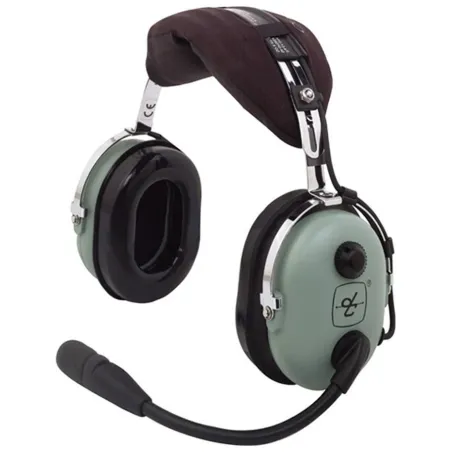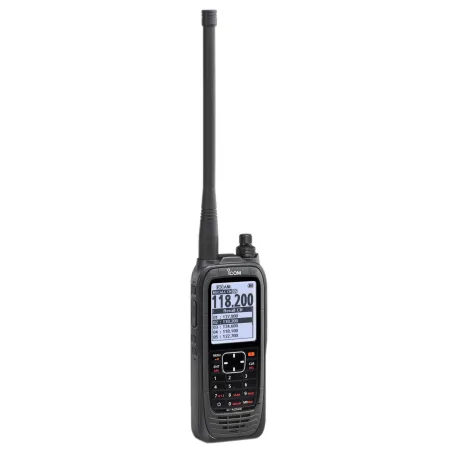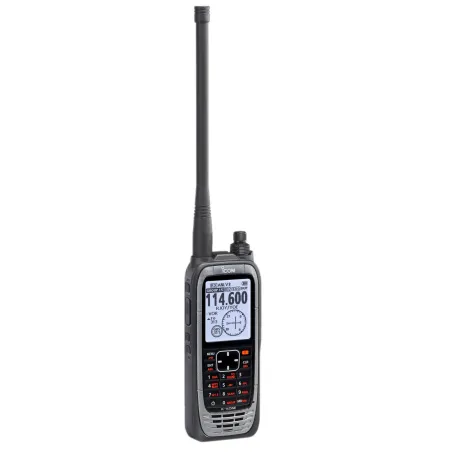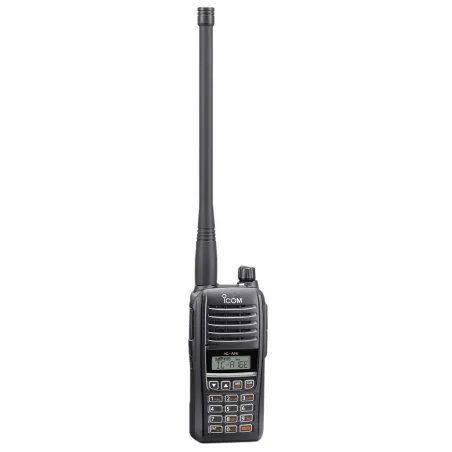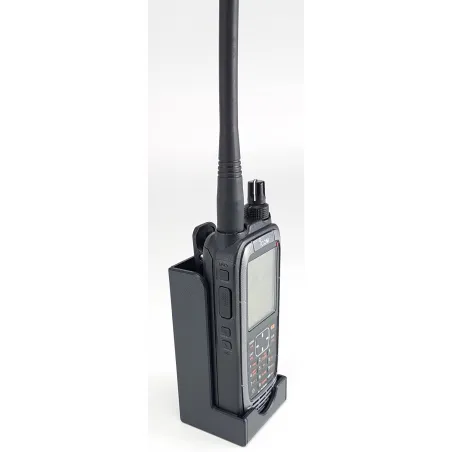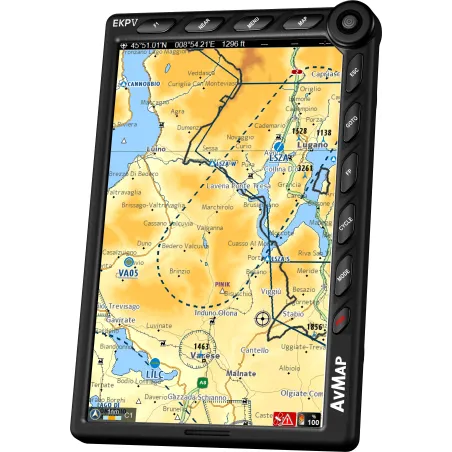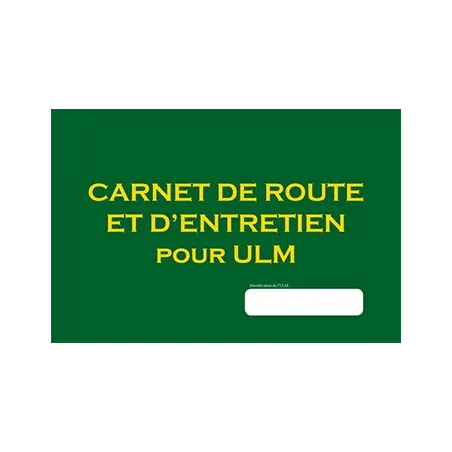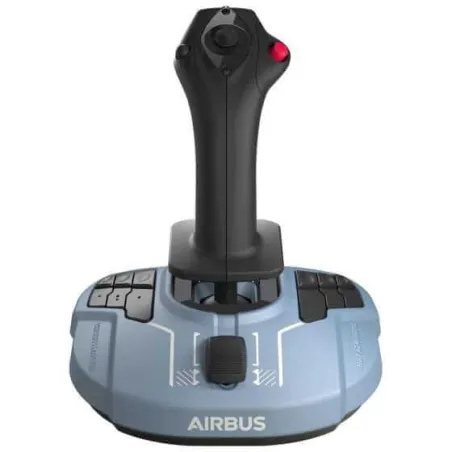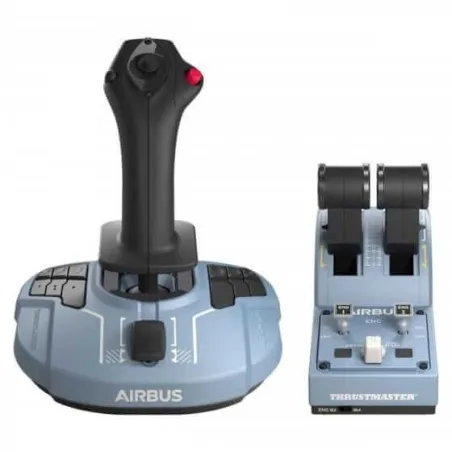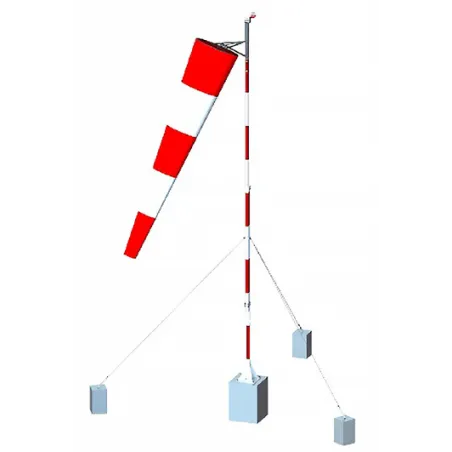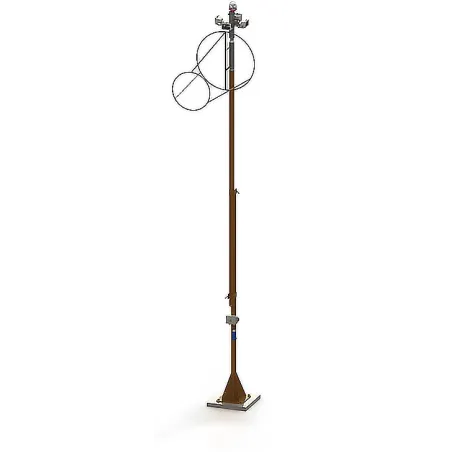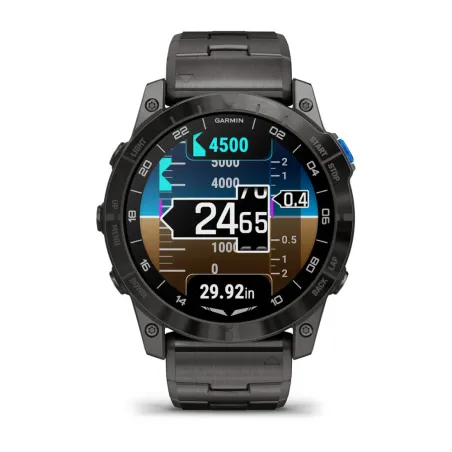In-flight emergency procedures: how to ensure passenger survival
Categories :
BAYO
For the pilot and passengers, as a general rule, and in the vast majority of cases, everything goes well during a flight; a stroll, a plane trip are moments of serenity or even pleasure. However, when you take the controls of your aircraft, you must be ready to face unforeseen events, emergencies, as they could become dramatic if you're not prepared.
Whatever the failure or incident, three factors will be decisive: knowing how to manage your emotions to make the right decisions; the importance of following the procedures designed and planned for the situation; and finally, the right instruments and equipment on which to rely during critical moments.
In all cases, stay calm to properly analyze the situation and choose the best option.
Let's review some of these delicate situations to allow you to check if you're well-prepared and can take off with peace of mind.
Engine failure in flight: understanding the problem
If one or more engines encounter a major problem, it is first essential to maintain a stable trajectory, avoiding sudden movements that could worsen the situation.
The first checks will quickly help you diagnose the failure: check the instruments, listen to the audible warnings, observe the aircraft's reactions. This will allow you to assess the severity of the problem and, if possible, its origin.
If you tested the quality of the fuel before the flight using a fuel tester, you can already rule out the possibility of a supply issue.
Depending on the nature of the problem, from here, you will need to follow the appropriate emergency procedure. Each type of aircraft has its own, and most situations have been anticipated. Refer to the aircraft manual or the emergency checklist for the necessary actions.
You will also need to alert others. In case of a failure, the pilot must immediately communicate with air traffic controllers to report the situation and request emergency assistance. This is the moment you’ll appreciate having a high-performance radio and a good aviation headset to ensure smooth communication. This will allow air traffic controllers to take the necessary steps to facilitate your landing.
The next part belongs to a situation that will be found in different scenarios: the unplanned landing.
Emergency landing: choosing the right terrain
First, you'll need to choose the best place to land as quickly as possible. To evaluate the available options, you'll certainly have one or more tools at your disposal that you equipped yourself with for your flights: of course, your aeronautical charts, an aviation GPS, or even a pilot's watch with features for navigation. If possible, find an airport or airstrip nearby. If no airport is accessible, you will look for an appropriate place, such as a field or an open area.
Prepare the passengers and crew: you need to inform them and give them safety instructions. It is important to maintain a calm and reassuring environment on board the aircraft.
As you approach the selected area, you will follow the emergency landing procedure: deploy the landing gear, adjust the trajectory, and prepare passengers for impact. You will need to implement all necessary measures to make the landing as safe as possible. This may include using flaps and brakes to slow the aircraft or maneuvers to reduce the risk of injury upon impact.
A distress beacon will be useful to signal your position if you have chosen a makeshift landing site. Have you thought about equipping yourself with one?
Cockpit depressurization: how to survive?
Another potential unforeseen event for aircraft flying at high altitudes is a sudden drop in atmospheric pressure inside the aircraft, which can cause breathing problems for passengers and crew. Other types of incidents may require similar procedures, including the presence—obviously dangerous—of carbon monoxide, which you can detect if you are equipped with a detector kit or the Delta Zulu headset with its integrated carbon monoxide level analysis feature, warning the pilot if levels become too high. Finally, Garmin watches allow you to monitor your vital signs in real-time using sensors that track the pilot's heart rate and oxygen saturation in the blood, helping to avoid hypoxia.
This type of failure, which could suddenly affect the health of those on board, can be fatal if you don't adopt the right reflexes.
Starting with the most obvious: activate the oxygen masks and simultaneously trigger the depressurization alarm to alert the cabin crew and passengers of the emergency. The pilot and crew must quickly put on these masks to ensure their oxygen supply and maintain their capabilities.
Next, initiate an emergency descent to bring the aircraft to an altitude where the oxygen is breathable. A lower cruising altitude or a predetermined emergency altitude can be reached quickly.
The pilot must also maintain regular communication with the cabin crew to obtain information about the situation on board, reassure passengers, and give clear instructions, particularly about using the masks. For good communication even in difficult conditions, you will have chosen a reliable headset, such as the Delta Zulu from Lightspeed. It’s in these types of situations that you’ll appreciate having invested in quality equipment!
Your headset will also help you keep in contact with air traffic controllers: you must inform them of the depressurization and the actions being taken. They can provide additional instructions, help find the appropriate airport for an emergency landing, and coordinate the necessary emergency services.
It might also be important to determine the source of the depressurization: a crack in the aircraft's structure? A problem with the pressurization system? This can help you take the appropriate steps and understand if other difficulties may arise.
If the depressurization is severe or cannot be resolved, you will need to prepare the aircraft for an emergency landing, following the specific procedures for the affected aircraft. During this phase, you’ll need to closely monitor the systems and instruments to ensure they’re functioning properly. Instruments such as the altimeter and variometer may provide crucial indications about the situation of the aircraft.
The procedures will continue after landing, especially if it occurs outside of an airport. This may include deploying emergency devices, evacuation procedures, or signaling your position, especially using distress beacons: make sure you’re equipped!
Electrical failure: good practices
Complete or partial loss of power aboard the aircraft is rare, but it can happen. Possible consequences: it can affect navigation, communication, and lighting systems. In other words, it can put you in an extremely delicate situation.
First rule: no panic! It's essential to remain calm and start diagnosing the failure. To do so, observe the instrument indications, listen to the audible warnings. This will confirm the failure and assess the scope of the problem.
Also, check the backup electrical systems if your aircraft is equipped with them: auxiliary batteries, backup generators, or power generators. If they’re available, now is the time to activate them, following the aircraft's procedures.
You will also need to prioritize the essential systems that must be powered first. These may include navigation systems, communication systems, main flight instruments, emergency lights. The pilot must allocate the available electrical power accordingly.
Thanks to these backup systems, you will be able to maintain control of the aircraft. You can also rely on equipment independent of the aircraft's electrical system. This may include using primary analog flight instruments, the magnetic compass, as well as visual landmarks outside. Also, rely on your personal accessories: whether it’s an aviation watch like the Garmin series with their valuable features, your aeronautical charts, your iPad-type tablet, etc. If your flight plan is well-prepared, it will also contain important information to help you navigate and make the right decisions, such as finding the best landing option.
The pilot must also evaluate the impact of the failure on critical systems like flaps, landing gear, or brakes. If necessary, he can plan a specific approach and landing to compensate for the limitations of electricity-dependent systems.
The rest of the procedure is no different from the situations previously described: inform air traffic controllers, communicate with passengers, prepare for an emergency landing.
Extreme weather conditions: when the sky turns hostile
Storms, severe turbulence, or strong winds… Difficulties don’t always come from your aircraft; sometimes it’s the sky that turns hostile.
Fortunately, most of the time, you will have anticipated this and decided to delay your departure or change your route. If you need to update your weather knowledge, you will find the basics in this book by Nicolas Jean, in the Mermoz Institute collections, as well as on the tools and methods for using information in this manual on weather supports.
Before the flight, the pilot must of course consult the weather forecasts for the planned route, including special weather bulletins or warnings of dangerous conditions. This helps make informed decisions about flight planning. This also includes a weather file that should not be taken lightly, as you will discover in this other book on the weather file. And to review the entire flight preparation procedure, you can refer to this blog post.
Despite your careful preparation, it may happen that you're caught by an extreme weather event during the flight, where the location or severity was not anticipated. But you may eventually anticipate this encounter, by monitoring the evolving forecasts during the flight, especially if you have an application or better yet, a Garmin watch that offers this feature.
If you do encounter it, start by evaluating the extent of the phenomenon, whether it’s violent storms, severe turbulence, strong winds, dense fog, snowstorms, etc. This will help you decide if the conditions are acceptable to continue the flight or if it's necessary to look for alternatives.
In the latter case, you will need to consider the appropriate routes
Share this content
Please log in to rate this article






